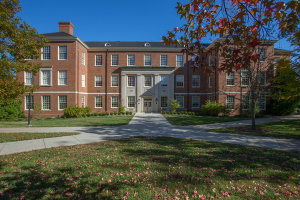
Teaching Critical Thinking
Development of strong critical thinking habits underlies attainment of several student outcomes. In engineering programs, examples are defining and solving problems, analyzing and interpreting data, and designing solutions within realistic constraints. Similarly, in classics students participate in exercises such as reading against texts, and analyzing cultural values and markers of individual identity based on the evidence of material culture. After a brief review of how critical thinking is often defined, a variety of strategies for developing in-class and out-of-class assignments and activities as well as tactics to encourage critical thinking in the classroom and laboratory will be presented. It is hoped that the examples and reflections are presented with sufficient generality that they may adopted by the participants in their teaching.
Presented by James Moller, Mechanical and Manufacturing Engineering and Steven L. Tuck, Classics
James Moller, Associate Professor, Mechanical and Manufacturing Engineering, has taught a variety of courses in engineering. He has developed both instructional laboratory activities as well as engineering design projects. His students learn not only principles of engineering, but also both leadership and team membership tactics. His research is in the mechanochemistry of polymers.
Steven Tuck, Professor and Chair of Classics, teaches Greek and Roman art and culture courses, archaeology, and Latin language. He was awarded the 2014 Archaeological Institute of America's prize for excellence in undergraduate teaching. His research is on art and inscriptions in the ancient world.
